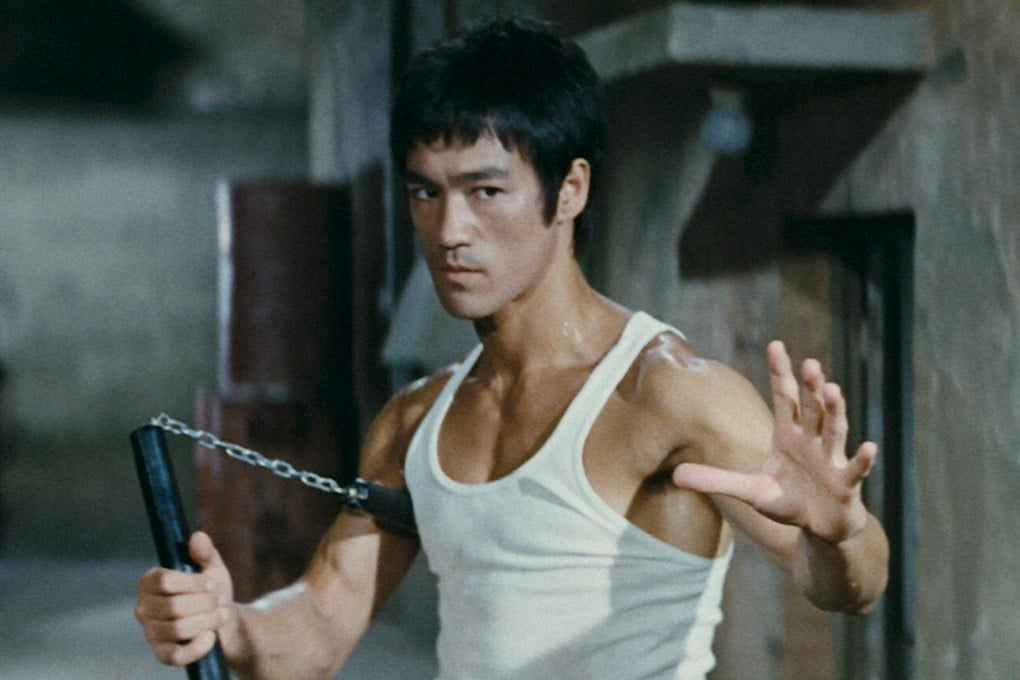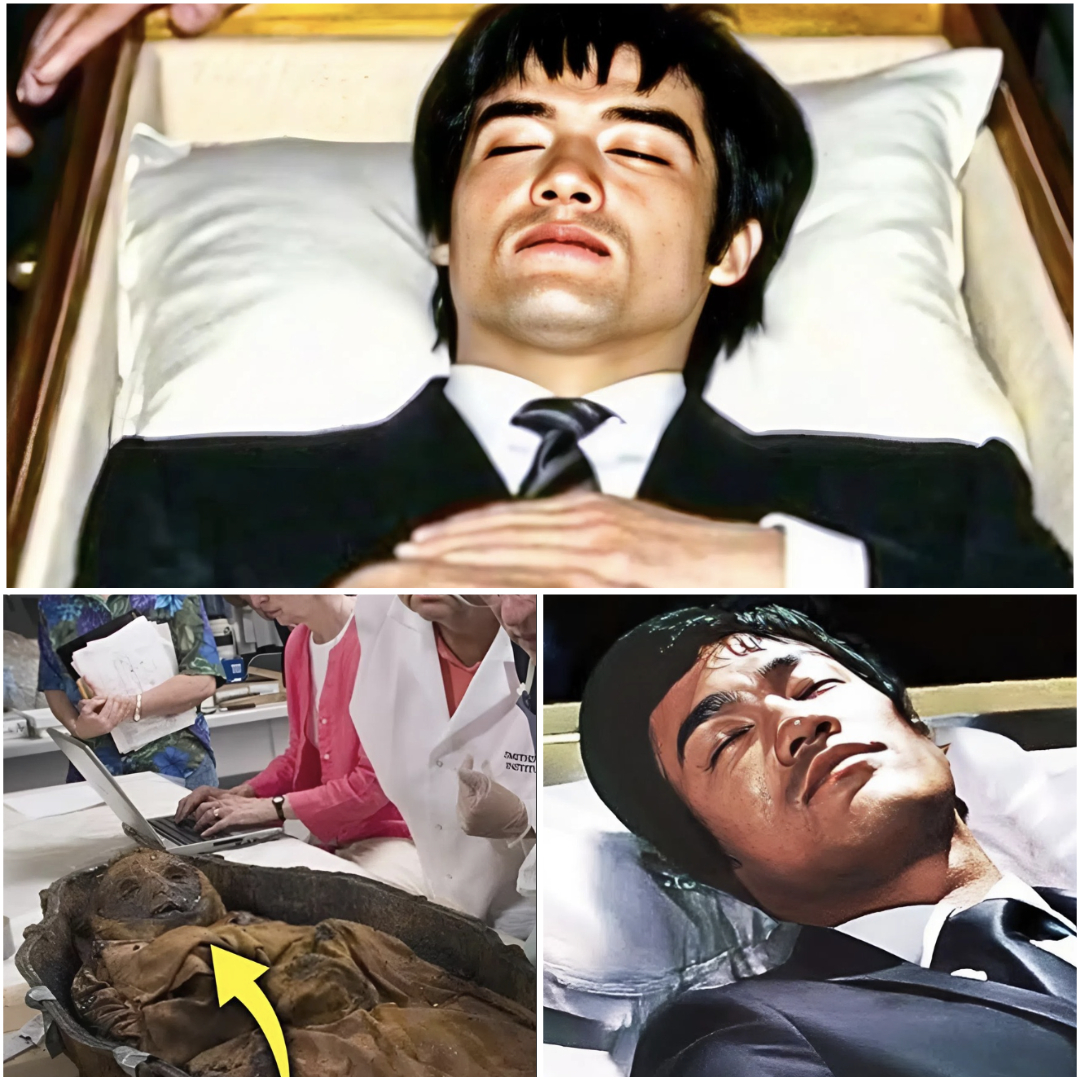The Enduring Legend of Bruce Lee: Why the World Still Searches for His Hidden Secrets
More than half a century after his passing, Bruce Lee continues to captivate the world’s imagination. His image appears on posters, documentaries, and murals from Los Angeles to Hong Kong. His name still draws reverence in martial arts schools across the globe. But beyond the fame and symbolism, there remains something deeper—a collective sense that Bruce Lee left behind more than what the world has yet uncovered.
Why do stories of “hidden tombs,” “lost manuscripts,” or “secret techniques” still circulate every few years? Why do millions continue to chase new clues about a man who passed away in 1973? The answer lies not in superstition, but in the extraordinary life of Bruce Lee himself—a man who shattered boundaries between East and West, body and mind, reality and philosophy.
The Man Who Redefined Possibility

Bruce Lee was born in San Francisco in 1940 but raised in Hong Kong, where he grew up in a family deeply involved in the performing arts. From an early age, he was drawn to both physical expression and intellectual inquiry. When he returned to the United States as a teenager, Lee carried with him not just martial arts techniques, but a new way of thinking about human potential.
In Hollywood, he faced barriers that most actors of Asian descent could not overcome. Casting agents often told him that an Asian man could never be the star of an American action film. Lee refused to accept that narrative. Instead, he redefined what an action hero could be: intelligent, graceful, philosophical, and emotionally complex.
His films—The Big Boss, Fist of Fury, Way of the Dragon, and the posthumous masterpiece Enter the Dragon—revolutionized cinema. For the first time, Western audiences saw an Asian man as the main protagonist, not as a caricature or sidekick. Every punch and movement on screen became a statement about equality, confidence, and identity.
Beyond Strength: The Philosopher in Motion
What made Bruce Lee truly unique was his ability to bridge physical mastery with intellectual depth. Long before the term “mind-body connection” became popular, Lee lived it. He studied philosophy at the University of Washington and filled notebooks with reflections on life, discipline, and human nature.
“Empty your mind. Be formless, shapeless—like water,” he famously said. It wasn’t just a metaphor for fighting but a worldview. To be “like water” meant to adapt, to flow around obstacles, to maintain strength through flexibility. It was a philosophy rooted in both Eastern Taoist thought and Western existentialism—a blend that few at the time could grasp, but everyone could feel.
His martial arts system, Jeet Kune Do, was an embodiment of this idea. It rejected rigid forms and encouraged adaptability. “Absorb what is useful, discard what is not, add what is uniquely your own,” he wrote—a principle that would influence not just martial artists, but entrepreneurs, designers, and thinkers for generations to come.
The Mystery That Followed His Death

Bruce Lee’s sudden death on July 20, 1973, at the age of 32, stunned the world. Official reports cited cerebral edema—swelling of the brain—as the cause. But the shock, coupled with his near-superhuman image, made the public crave explanations. How could a man in peak physical condition die so young?
In the decades that followed, theories multiplied. Some blamed exhaustion, others medication reactions, or even conspiracies. His passing became a cultural wound, and out of that pain, myths began to grow—myths of secret teachings, undiscovered journals, and hidden tombs containing the “true knowledge” of Bruce Lee.
The fascination wasn’t born from gullibility—it was born from reverence. For millions, Lee was not just a martial artist; he was proof that self-discipline could transform human limitations. To accept his mortality felt almost impossible.
What the Real Legacy Reveals
While rumors of hidden discoveries surface every few years, the real treasures have long been in plain sight. The Bruce Lee Foundation, managed by his daughter Shannon Lee, preserves his writings, notes, and personal philosophy with care and transparency. Through her books and lectures, Shannon continues to remind the world that her father’s true gift wasn’t a secret—it was his ability to teach others how to unlock their own potential.
Lee’s extensive notebooks, now archived and partially digitized, contain detailed explorations of biomechanics, nutrition, psychology, and training methods far ahead of their time. His understanding of how the human body moved was scientific before sports science existed. He tracked his progress, recorded reactions to supplements, and designed workout regimens that modern athletes still find remarkably advanced.
His philosophical writings were just as rigorous. In passages that read like meditations, Lee questioned the nature of identity and freedom: “When you are bound by an ideology, you cease to understand life directly.” His message was universal: to grow, one must first unlearn.
The Power of Myth and Meaning

The persistence of “hidden Bruce Lee” stories reflects a profound truth—humans need myths to make sense of greatness. When a person like Lee transcends ordinary limits, society instinctively turns him into legend. But behind the legend was a deeply human man who studied, failed, struggled, and kept moving forward.
Historians note that Lee’s appeal goes beyond martial arts or film. He represented the blending of East and West at a time when cultural understanding was rare. His confidence and intellect made him a role model for minorities fighting stereotypes and for dreamers challenging convention.
Even now, martial arts schools across continents teach not only his movements but his mindset. Jeet Kune Do’s principle of adaptability has influenced everything from mixed martial arts (MMA) to corporate leadership training. Lee taught that mastery is not about dominance—it’s about awareness.
The Human Behind the Hero
The most moving part of Bruce Lee’s legacy is his humanity. Beneath the discipline and charisma was a devoted husband, father, and thinker who wrestled with self-doubt like anyone else. His letters reveal vulnerability and tenderness. He once wrote to his wife, Linda, “To know oneself is to study oneself in action with another person.” Those words show not a fighter’s ego, but a philosopher’s humility.
Even at the height of fame, Lee never stopped learning. He studied psychology, fencing, and physiology. He corresponded with philosophers and sports scientists, always seeking integration between body and mind. He believed art and science were not opposites—they were expressions of the same truth.
That constant hunger for knowledge is what makes his legacy so enduring. Fans who search for “hidden truths” about Bruce Lee are, in a way, continuing his mission—seeking wisdom in motion, growth through curiosity.
The Lessons That Still Matter
In an age dominated by fast fame and fleeting attention, Bruce Lee’s life feels almost prophetic. He warned against imitation, urging authenticity over popularity. His belief that “self-knowledge leads to self-expression” remains a guiding light for anyone chasing mastery in any field.
Entrepreneurs quote him in boardrooms. Athletes channel his discipline. Writers and musicians draw inspiration from his commitment to craft. His teachings have even influenced therapy and personal development, emphasizing mindfulness, resilience, and adaptability.
Bruce Lee’s influence now transcends generations and borders because he gave the world something more valuable than any hidden artifact—he gave us a mindset. His message was clear: greatness is not inherited or found; it is created through awareness, effort, and integrity.
More Than a Legend—A Living Force
Fifty-two years after his death, Bruce Lee is not fading into history; he’s becoming more relevant. In a fragmented world searching for balance between strength and compassion, discipline and creativity, his philosophy remains timeless.
The next time a headline claims that “Bruce Lee’s tomb was opened” or that “hidden techniques were found,” remember this: the real discovery isn’t buried underground—it’s waiting in the pages of his writings, in the rhythm of his films, and in the people he continues to inspire.
His true legacy isn’t secrecy. It’s self-realization. The world doesn’t need to unearth Bruce Lee—it needs to understand him.
Sources:
-
Smithsonian Magazine – “Bruce Lee: The Man Who Changed the World”
-
History.com – “The Real Story of Bruce Lee’s Death and Legacy”
-
BBC Culture – “Why Bruce Lee Still Matters”
-
Shannon Lee, Be Water, My Friend (2020)
